The IT Gap Discovery
In Gartner’s 8 cybersecurity predictions for 2023, security teams must be able to dynamically identify gaps resulting from either new IT strategies — such as moving to the cloud or increasing use of container technologies — or emerging threats, so that risks can be prioritized and addressed.
Cloud-Native Application Protection Platform (CNAPP)
Emphasize a single, holistic platform to focus on cloud-native security solutions that provide a complete lifecycle approach to application security. Involving a combination of solutions such as DevSecOps, CWPP, CSPM, CIEM, CTDR, and Vulnerability Management.
Cloud Security
Posture Management (CSPM)
A continuous process of monitoring a cloud environment by identifying, alerting on, and mitigating cloud vulnerabilities, misconfigurations, reducing risk, and improving cloud security.
Cloud Workload
Protection Platform (CWPP)
Monitors, detects, and removes threats inside on-prem or cloud workloads.
Cloud Threat
Detection & Response (CTDR)
Detects suspicious activities in cloud environments and correlates them into streamlined attack storylines to display step-by-step progression of attack activities in an effort to stop before developing into full breach.
Content Delivery
Network (CDN)
Group of geographically distributed servers that speed up the delivery of web content by bringing it closer to where the users are.
Bot
Protection
Protects web/mobile applications and APIs from unwanted bots and providing cost savings to bandwidth. Blocking account takeovers, inventory hoarding, scraping, etc.
Cloud Infrastructure
Entitlement Management (CIEM)
Visualize, detect, prioritize, and remediate identity (IAM) risks.
Infrastructure as
a Service (IaaS)
Enables enterprises to lease or rent servers to use for storage and computation in the cloud. Built with similar network security solutions which can be scaled automatically in either direction (i.e., scale up or down).
Web Application
API Protection (WAAP)
Protects and monitors web applications and APIs from a wide range of attacks.
Managed Security
Service 24/7
Security experts to manage your WAAP and/or DDoS.
API Security
Preventing or mitigating attacks on APIs.
API
Gateway
Single point of entry for all API calls that come into an application, on-prem or cloud.
API
Runtime Security
Protection to APIs during their normal running and handling of API requests.
API
Security Posture
Inventory of APIs, methods exposed and classify the data used by each method.
API
Security Testing
Dynamic assessment of an API by interacting with the API dynamically (DAST type behavior).
DevSecOps
Security controls incorporated into the development, delivery, and operational lifecycles.

